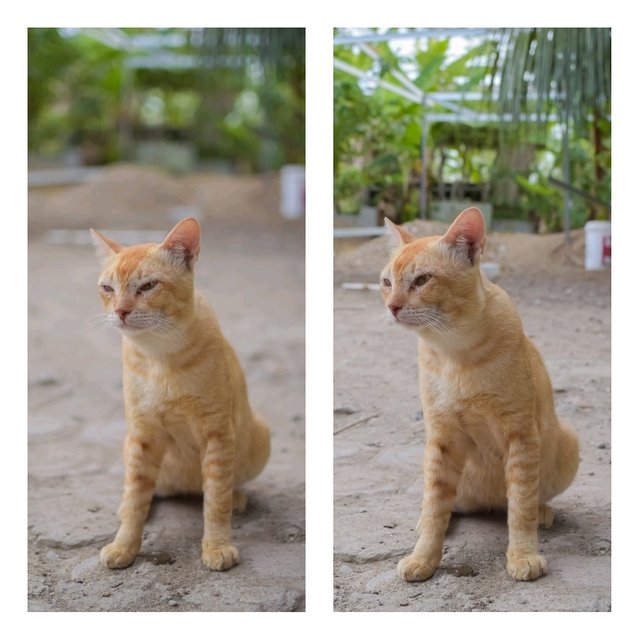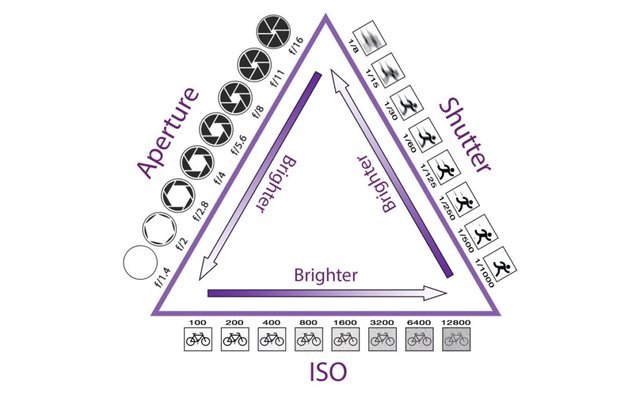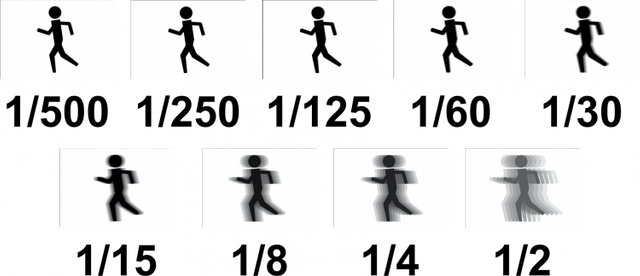Exposure Triangle in Photography || Steem Schools
Hi Steemians!
This is my first post on Steem School. I want to share the basics of photography. Now we will discuss the theory of the Exposure Triangle
EXPOSURE TRIANGLE
We know that everyone can take pictures. Especially with advanced technology like now, you can even take pictures only using a smartphone. Certainly more practical than using a DSLR camera, Mirrorless and similar tools will make ordinary users find it difficult to operate.
These cameras do have an Automatic feature too which will make it easier to operate the camera like on a smartphone camera. But I don't think this feature can satisfy photographers if they want the perfect photo results to their expectations. So to produce a perfect photo, we have to manually adjust the exposure triangle (aperture, shutter speed, and ISO). So for that, we must first know about the exposure triangle.
1. Aperture
Aperture is capturing light through the size of the iris aperture. If the iris aperture is large, more light will enter the camera sensor so that the photo will be brighter. On the other hand, if the iris opening is small, the light entering will be less and the photo will be darker.
In addition, this aperture can also affect the depth of field (bokeh). The greater the lens opening, the greater the depth of field, so that the focused object will appear very separate from the background. Otherwise, the photo will be focused as a whole so that the object and background will not be separated. Now, this is how to determine the level of bokeh in a photo.
Note: Aperture is measured with f / stop. The smaller the f-stop number, the larger the lens iris opening will be. Conversely, the greater the f-stops number, the lens iris opening will be smaller.

2. Shutter Speed
Shutter speed is the speed at which the aperture opens in recording the light entering the sensor and then processing it into a photo. If the shutter speed is high, the less likely it is to get a shakey photo. However, the duration for the incoming light will be very short so that the photo will look darker.
3. ISO
ISO is the sensitivity of the camera sensor when processing light entering the camera sensor. The higher the ISO number, the brighter the photo will be. Conversely, if the ISO number is low, the photo will be darker. We must wisely decide how high the ISO number is because if it is too high it will cause a lot of noise when we shoot in low light areas. And it will make our photo-less attractive.
That's the theory about photography that I can share this time. Hopefully, it can be useful for all of us. I will try to share other photography theories. Thank you for visiting. Best regards from me @rafi04.




It's a useful post. Good luck:)
Thank you @firyfaiz :)